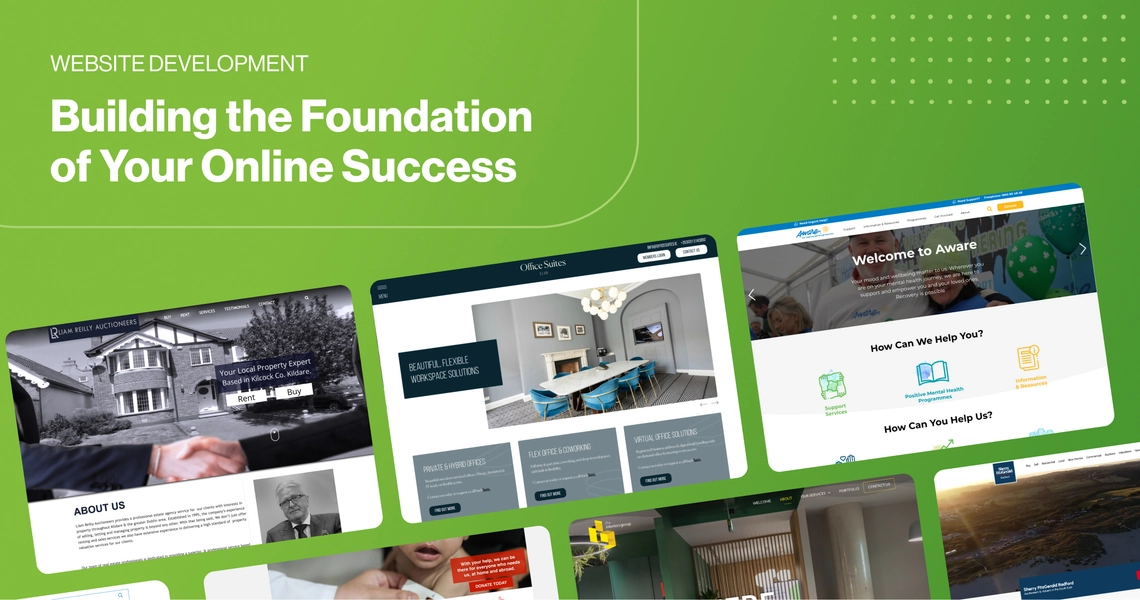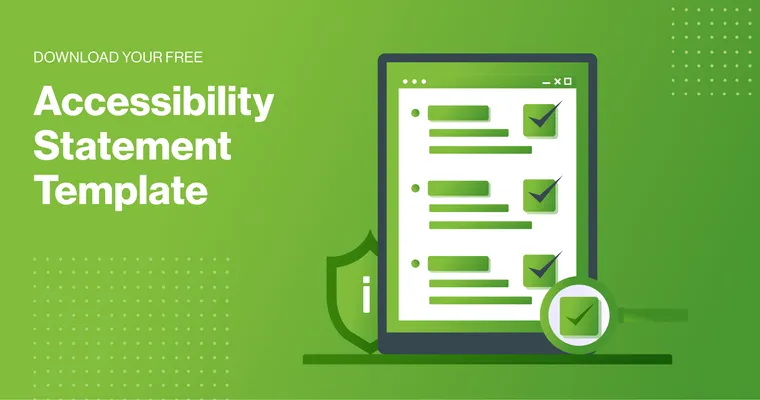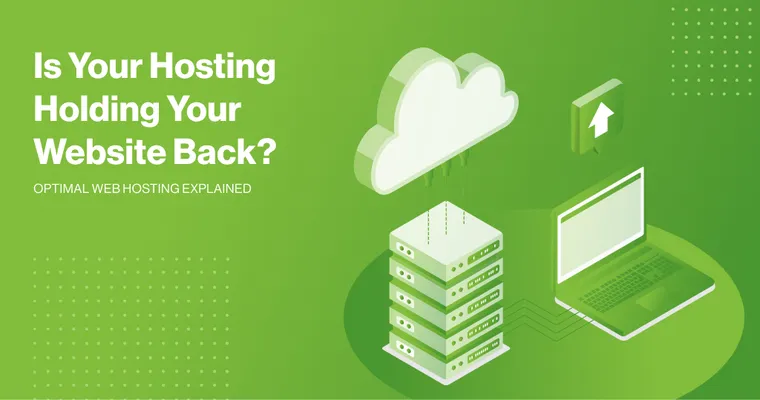Summary
Website development is the process of creating, building, and maintaining websites. A well-developed website is fast, secure, user-friendly, and designed to help businesses grow online. From coding and functionality to design and performance, web development is what brings a website to life and ensures it delivers results.
Why Website Development Matters
Your website is often the first impression your business makes. A strong development process ensures that your site is not just visually appealing, but also functional, accessible, and built for long-term success.
- First impressions count: Visitors quickly decide whether to trust a business based on its website.
- Performance matters: A poorly coded website can be slow and unreliable, leading to lost visitors.
- Scalability is key: Good development ensures your site can grow alongside your business.
- Conversions rely on functionality: From contact forms to online stores, development makes these features work seamlessly.
In short, website development is the foundation that supports both design and user experience.
Benefits of Professional Website Development
Investing in professional website development brings lasting value.
- Customisation: A professionally developed site is tailored to your exact needs, rather than relying on cookie-cutter templates.
- User experience: Developers ensure smooth navigation, intuitive layouts, and interactive features that keep users engaged.
- Security: Professional development includes strong security measures to protect your business and customer data.
- SEO-friendly build: Clean code, fast load times, and mobile responsiveness all contribute to better search rankings.
- Ongoing support: A development team can provide updates, maintenance, and technical support as your site evolves.
Key Elements of Website Development
Building a successful website involves several core elements working together:
- Front-end development: This is the part of the website users interact with, including layout, navigation, and responsive design.
- Back-end development: Behind the scenes, the back end manages databases, servers, and application logic to keep everything running smoothly.
- Responsive design: A modern website must look and work perfectly on desktops, tablets, and smartphones.
- Performance optimisation: Fast load times are critical for user experience and SEO. Developers achieve this through clean code, caching, and optimisation.
- Content management systems (CMS): Platforms like WordPress, Shopify, or custom-built CMS solutions allow businesses to easily update content without needing to code.
- Integration & functionality: From payment gateways to booking systems, development ensures your website works with the tools your business needs.
Looking to build or upgrade your website? Get in touch with us today and let’s create a website that works harder for your business.
Frequently Asked Questions
Q1: What’s the difference between web design and web development?
Web design is all about the look and feel of your website—the colours, layouts, typography, and overall visual style. Web development, on the other hand, is the coding and functionality that makes everything work. This includes both the front end (what users see and interact with) and the back end (databases, servers, and integrations). For example, a designer might create a layout in Figma, while developers bring it to life using technologies like Next.js, Nuxt, and Vercel for performance and scalability.
Q2: How long does it take to build a website?
The timeline depends on complexity. A small business website with a few pages might be built in a matter of weeks, especially if using a CMS like WordPress. However, a larger custom project—such as an e-commerce platform, membership site, or web app—can take several months. Using frameworks like Next.js or Nuxt, hosted on fast platforms like Vercel, can speed up development while ensuring the site is scalable and future-proof.
Q3: Do I need a custom-built website?
Not always. Many businesses can succeed with CMS platforms such as WordPress or Shopify, which provide flexibility and ease of use. However, if your business requires unique features, advanced integrations, or high performance, a custom build using technologies like Next.js, Nuxt, or headless CMS solutions is often the best approach. These setups give you more control, faster load times, and a website that grows with your business.
Q4: How much does website development cost?
Costs vary depending on the size and complexity of the project. A small brochure-style site is usually affordable, while larger custom platforms require bigger investments. Using modern frameworks such as Next.js and Nuxt can reduce long-term costs because they are optimised for performance, SEO, and scalability, meaning your site is built to last and requires fewer costly rebuilds later on.
Q5: Can I update my website myself after it’s built?
Yes—most websites today are built on CMS platforms that allow you to easily update content, images, or even products without needing a developer for every small change. If your site is built with modern technologies like Next.js or Nuxt and paired with a headless CMS (e.g., Sanity or Strapi), you’ll have a simple editing dashboard while still benefiting from advanced performance and hosting on platforms like Vercel. This balance means you can manage your website day-to-day while keeping it highly technical under the hood.



